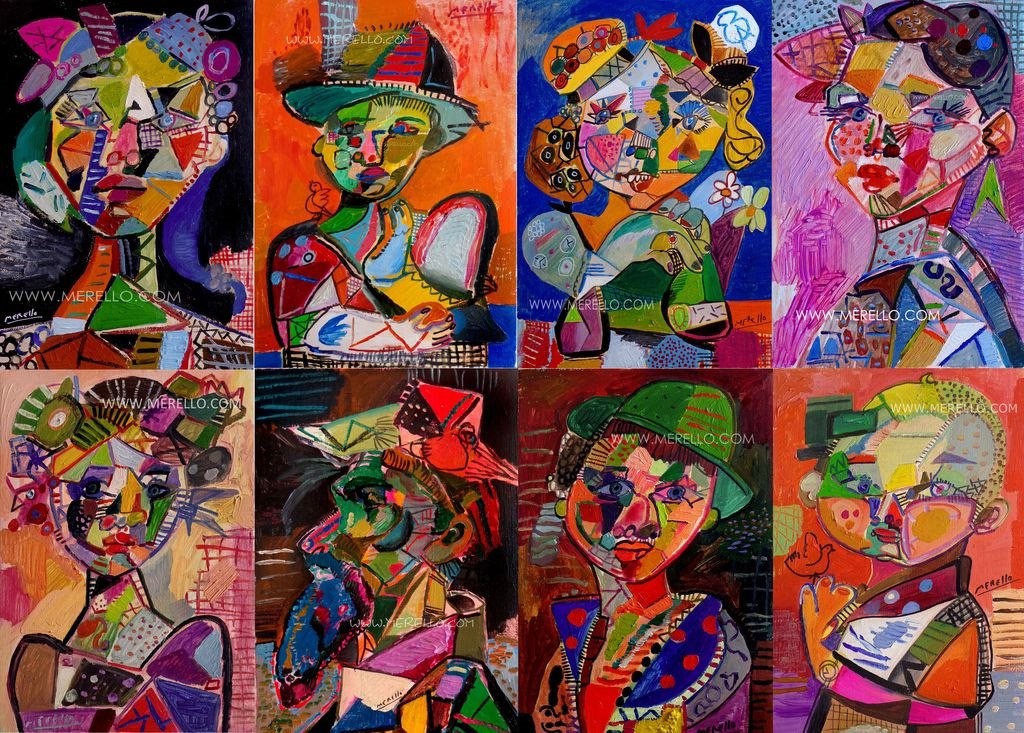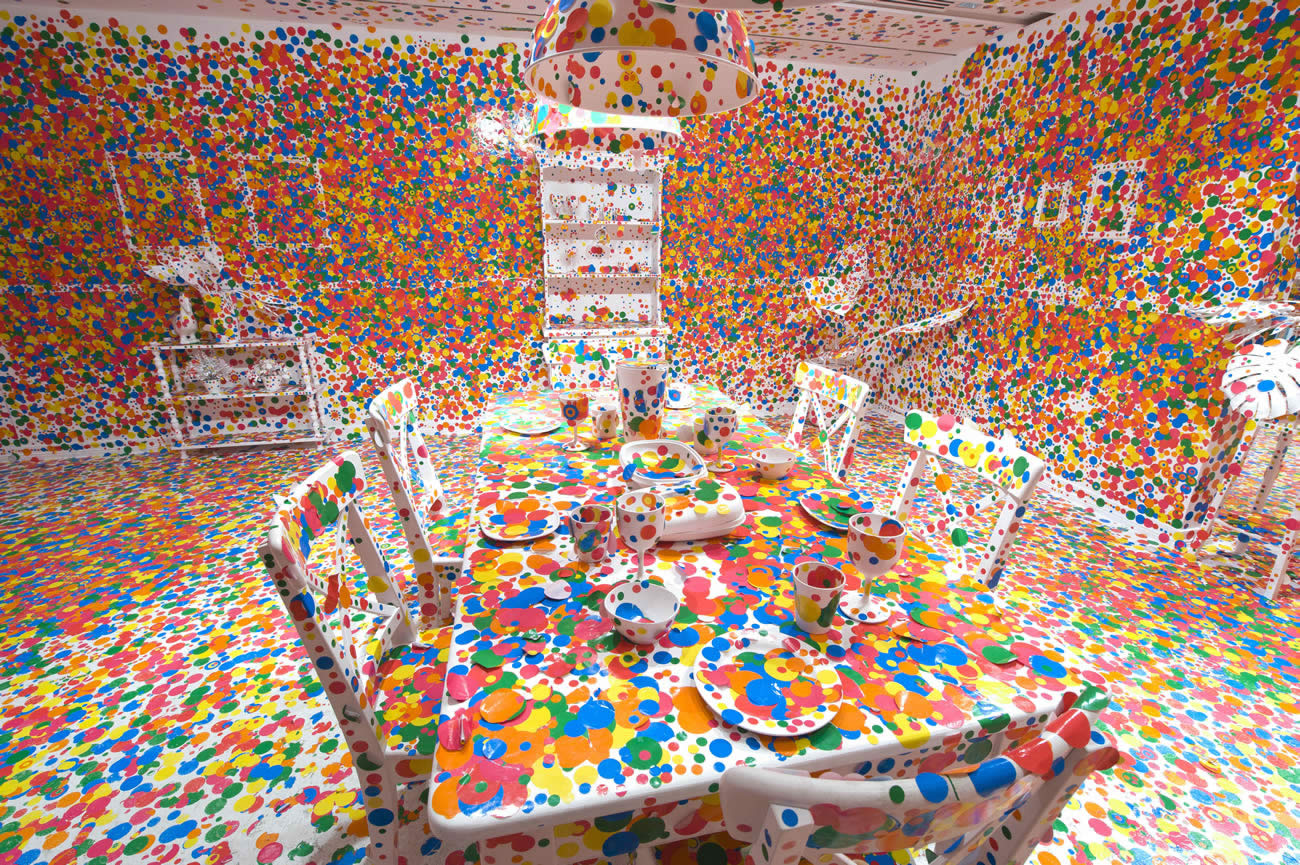Francois Morelli begins his artist’s statement with a common rhetorical device, the question. “What is parenting?” Both obstructing and complicating the query, he answers, “Tying up shoelaces.” In this tiny, well chosen dialogue, we find the seeds of Morelli’s recent exhibition. For “What is parenting?” is an insurmountable question, yet Morelli does offer a return that traces, in all its sketchiness, a shoelace-thin line of reminiscences and half-memories. Parents carry out ephemeral actions (firmly making knots, emphatically tying bows), knowing that protection can rarely be our gift to children. A walk through Morelli’s installation is peppered with the tugging discovery of solitary children’s shoes. They are, to our comfort, always contained within larger, lacy wire constructions, which straddle associations with (angelic?) wings, skeletal beds, nascent aeronautics, impossible insects.
The shoes, found in The Bridge (1994), Nursery Queen (1997) and Heaven’s Gift (1996), syntactically parallel an elderly, stained pillow in Squadron (1992-96), a pair of paring knives in Domestic Flight (1995), and a pesticide sprayer in The Incident (1996). If read in context with the fragment of Morelli’s genealogy, scaled in large silver letters at the back of the gallery, these semantic clues kindle the realization that the yearning to protect, present in Morelli’s hand-woven steel sculptures, is for the young and the old. The two sandblasted glass panels which face the family tree are etched with scenes of a funerary procession – a prone adult in each panel, borne by several infants with oversize hands, an index of eventual adulthood. These panels, hung low and reminiscent of classical funerary sculpture, are coda to the genealogy, itself the spine of the exhibition.
Squadron is the graceful first piece encountered when entering the exhibition space. Five metal high chairs, precisely welded, compose the work in a sweeping arc. Resting within/on each chair is an elaborately constructed wingspan of hand-woven wire. These wingspans, and their relation to the chairs, speak lyrically, both of immateriality through their vacant forms and childhood imaginations with their implied but animated flight. Disrupting the uniformity of the arc, and the suggestion of flying, is a stained pillow that weighs down one of the ten wing tips. This soft pillow is, ironically, what gives Squadron its edge. Not a glamorous fallen angel, not the dramatic wreckage of an airplane, the fallen pillow is the heavy debris of lived experience: night sweats, bad dreams, muffled tears.

The power of these works comes from the intensely crafted nature of the pieces, containing but not covering the objects the artist has felt compelled to keep. These objects, amended with immobile wings, are poetic testimonies to futility in the face of another’s pain, to the inevitability of causing sadness, and to the acute longing to protect a child’s innocence. His and Hers (1996) bespeaks the solitude within coupling. Morelli has created two wire, wing-like “beds” which are mounted in an apparently precarious manner, perpendicular to the wall and raised two feet from the floor. Where the wings meet the wall is where they would meet a (human?) body. The pillows of Morelli’s parents, slightly discoloured, rest at the “heads” of the beds, at the juncture of wing and wall. The wing-beds are side by side, but not connected, much like the wings in Domestic Flight installed nearby. This second, related piece also features a dyad, one wing slightly larger than the other, and each fashioned with a variation on Morelli’s weaving technique. These wings hang roughly at shoulder height, inviting the viewer to pass between them and risk the presence of two kitchen knives pointedly aimed towards an absent body. There is a calm violence to Domestic Flight. The subtle differences and space between the two knives, between wings, acknowledge that human unions are not the conflation of two halves into one whole, but an often contentious struggle of wills, of personalities, within the agreement to join.
Morelli’s exhibition resonates with an internal aesthetic language via the repetition of forms, as with the echoing of Squadron’s wingspans in The Incident. Seated in a found (kept?) high chair that could have been the prototype for the metal chairs of Squadron, the wingspan in The Incident is compounded by a pesticide sprayer, making an ironic insect of these wire wings. Again we are confronted/reminded of the immense power of childhood imaginations, denoted through the anthropomorphic chair, but even more so through the faded – but still startling – robin’s-egg-blue bear painted on the back. I am reminded of Roland Barthes’ concept of the punctum, a small detail in (for Barthes’ purposes, a photograph) a visual composition that unravels a larger meaning, or turns the narrative of an image inside out upon contemplation. An emblem for this avenging insect/angel, the scratched blue teddy bear narrates an enormous vulnerability within its smallness, and contextualizes the transformation of the insecticide. “Cide,” inferring something that kills: in/cide/nt. The battered aspect of the chair and pesticide sprayer signifies a history of minor damage, an unnamed but ominous finale. Yet we are left with the object itself, which is whimsical and humorous for all its darker undertones.

Entomology and etymology warp and weft within Morelli’s larger (frame)work; genealogy and the str/ange discovery that birth and death are not simply the beginnings and ends to the chronicle of life. They are temporary (joyous, heartbreaking) interruptions that impact upon us within life’s cyclical flow. Accordingly, the other sculptures in this exhibition have the quality of interrupted narratives, but these are not eschatological incidents; they are quiet encaeniae; hushed dedications and commemorations of moments in life and the silencing of death. Like the memory of a relative, Morelli’s narratives will go on, less a limb, less a wing, or not.